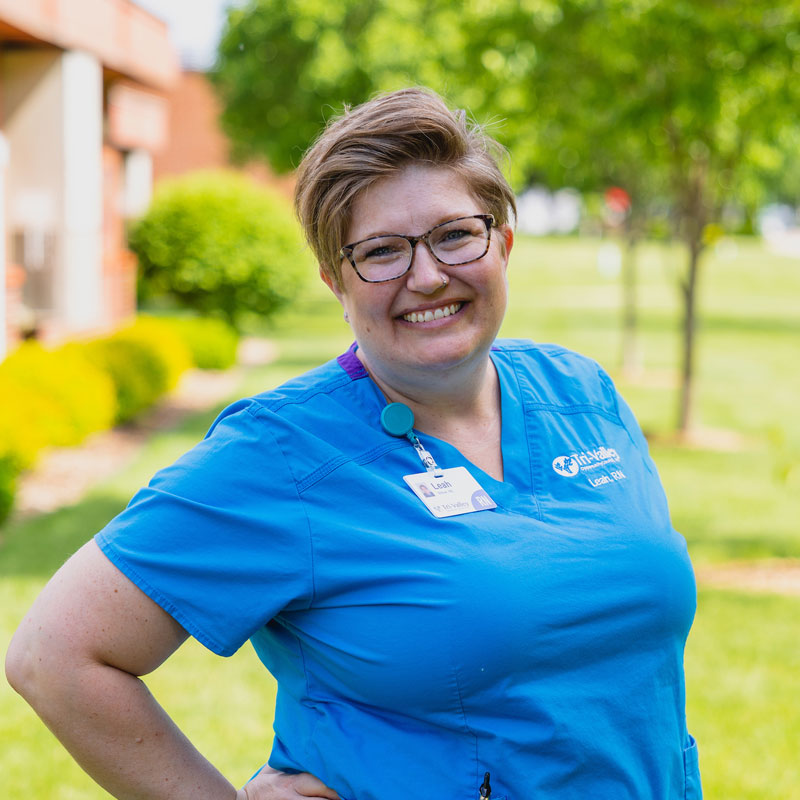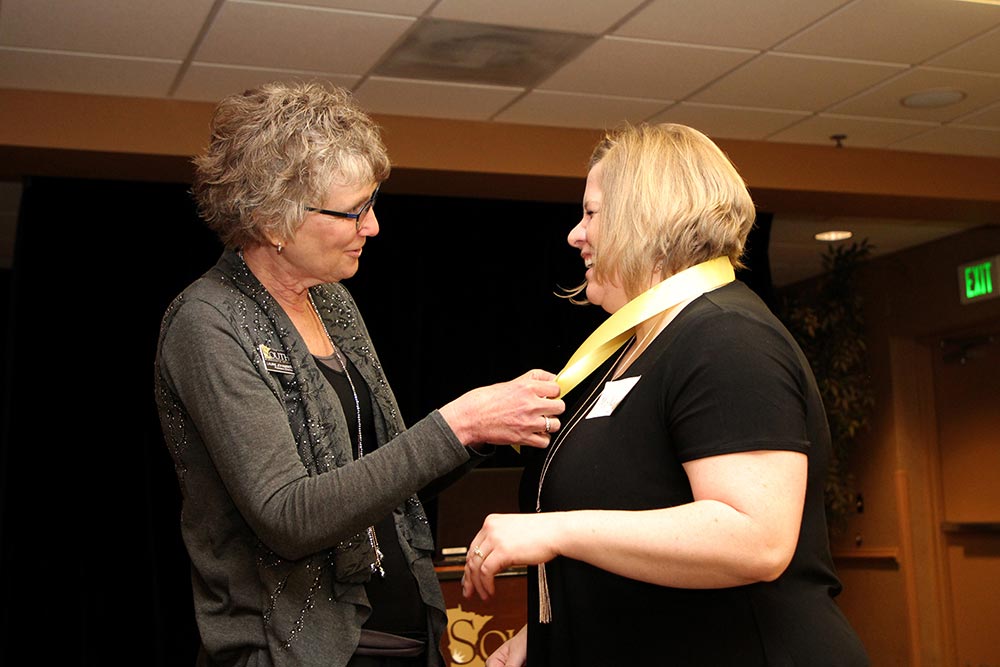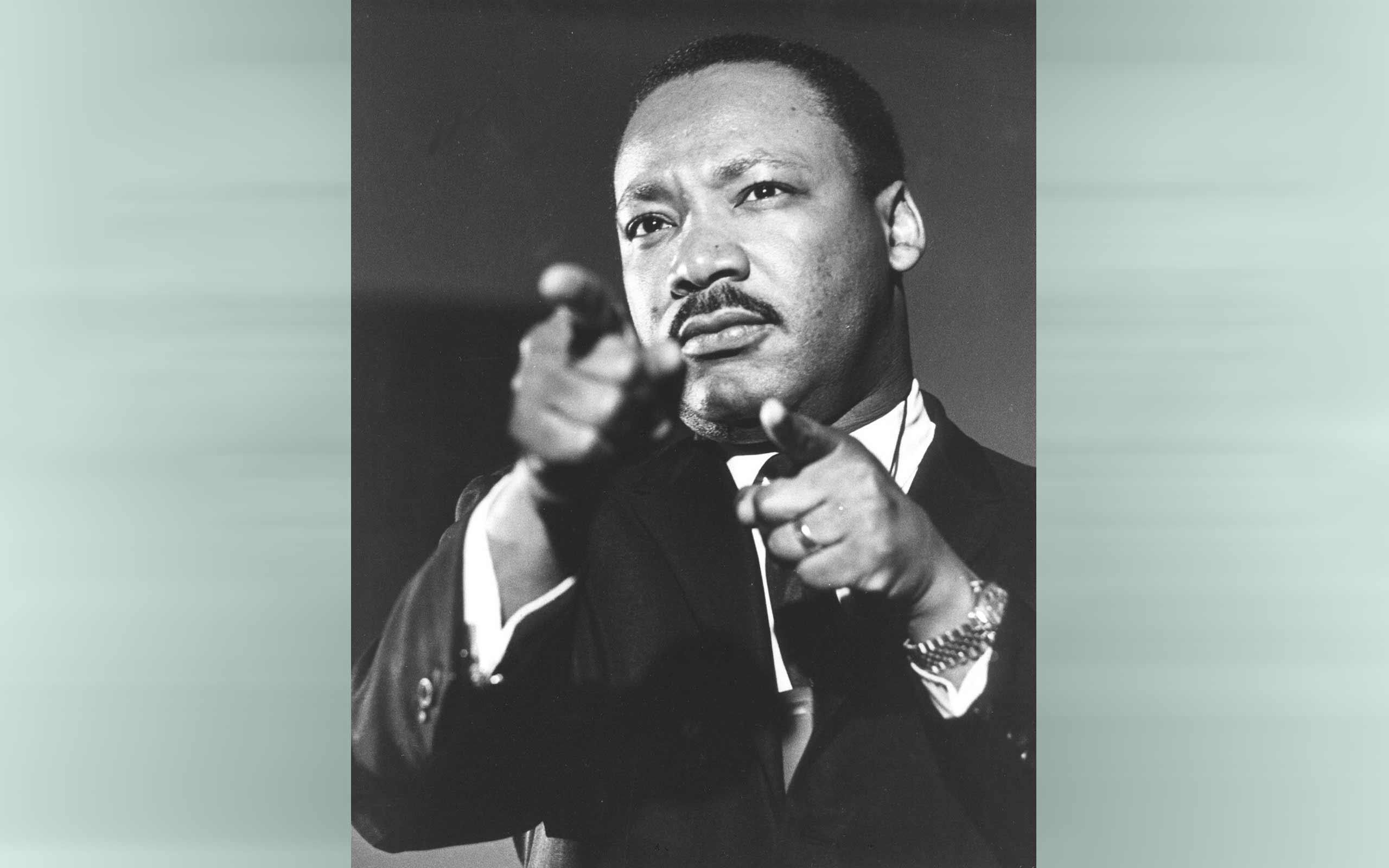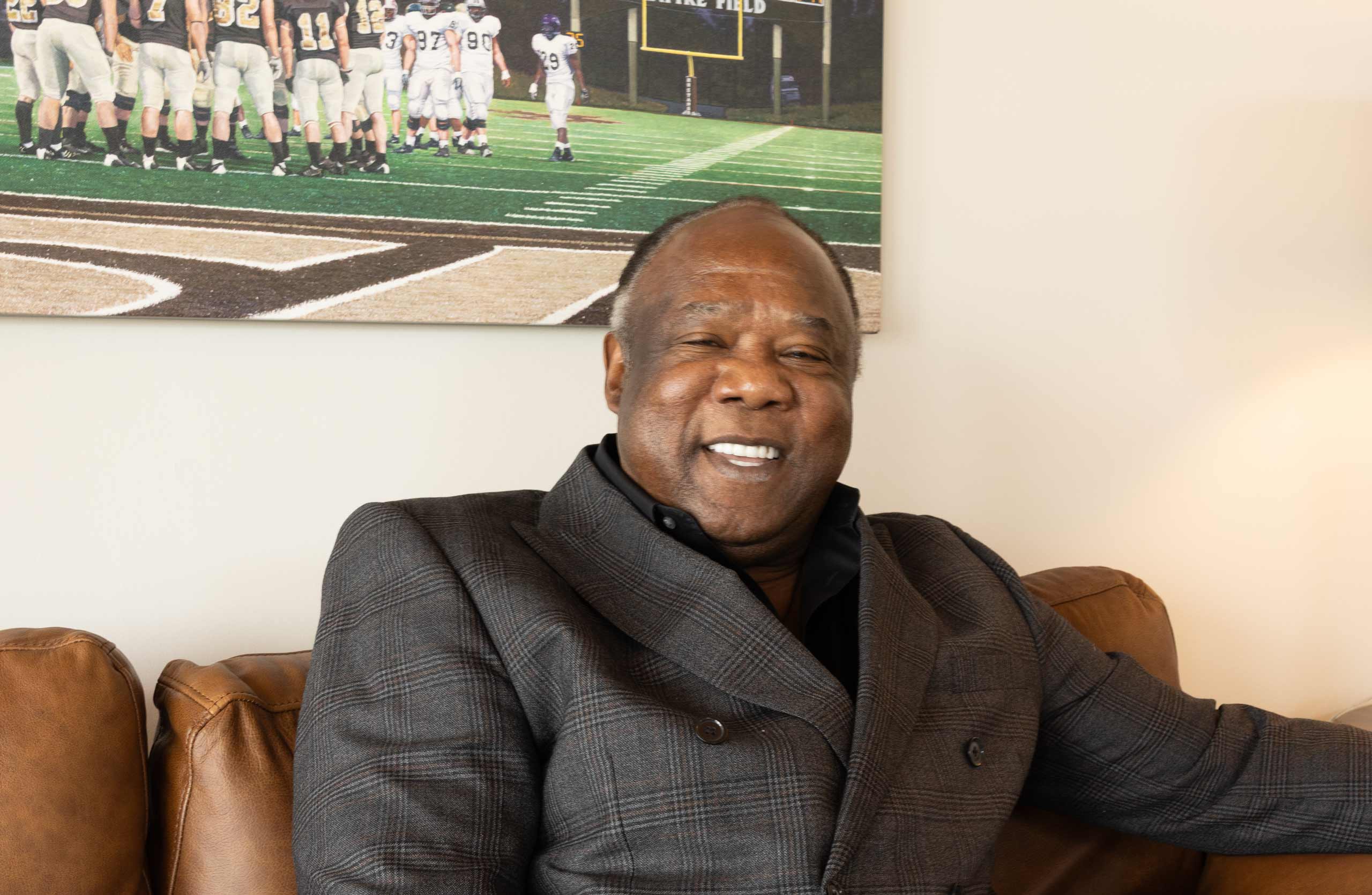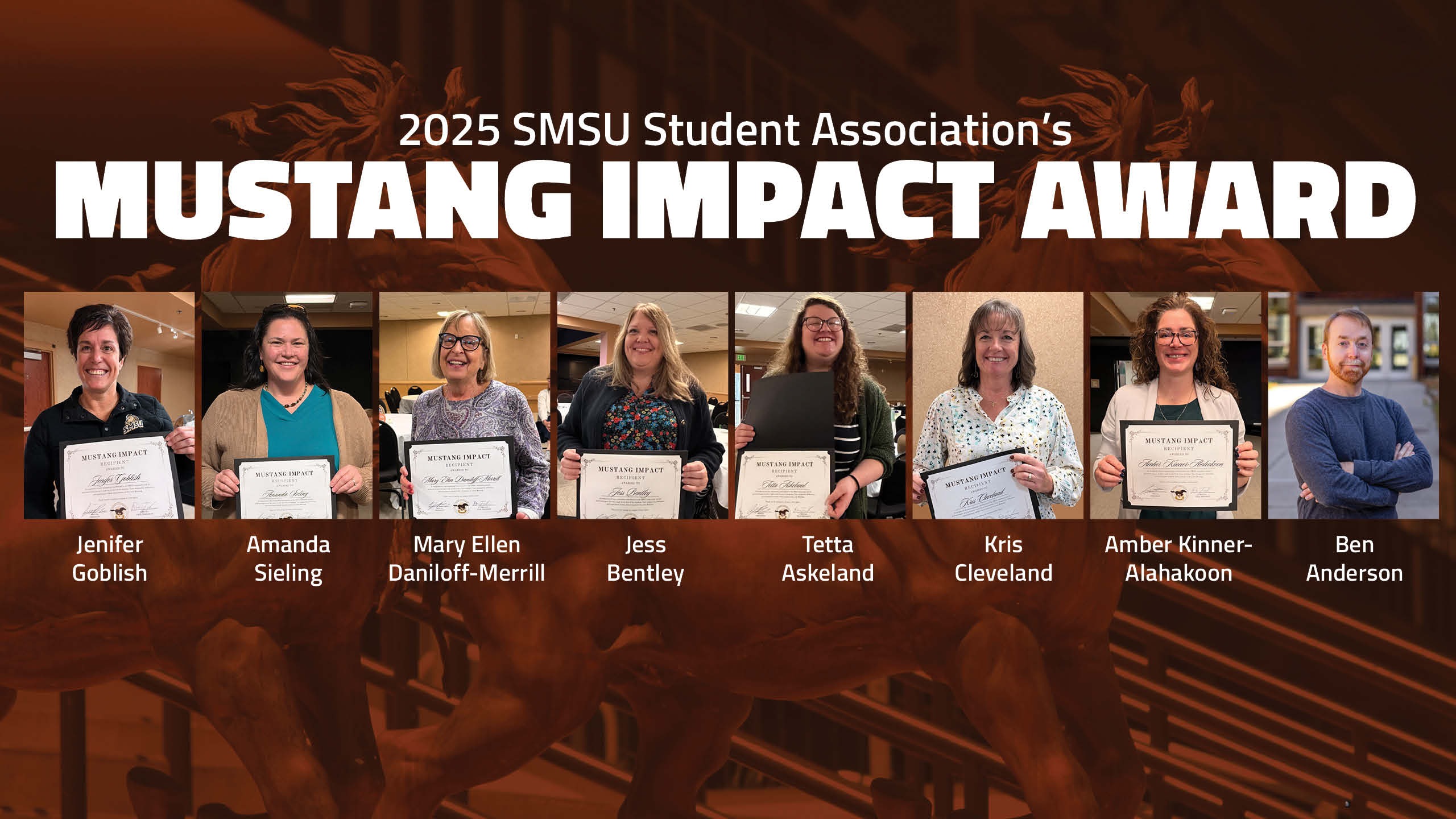RN to BSN Students Face Unique Challenges
Published Wednesday, April 08, 2020
Faculty, staff and students have been adjusting to a new learning environment at Southwest Minnesota State University since returning from an extended spring break on March 30.
And while those adjustments have in some ways affected every area of the University, students enrolled in the RN to BSN program at SMSU are perhaps most affected by the COVID-19 pandemic.
“All (medical) facilities are looking at manpower right now,” said Laurie Johansen, professor and department chair of the RN to BSN program. “They are creating lists of those who can be in acute care, or can be trained in a short amount of time. Our students are wrapped up in this. They are learning how to run ventilators; they are taking care of projected needs.”
Most of the 150 students in the RN to BSN program are working nurses, and the coursework is delivered primarily online. The demands of their jobs as they relate to COVID-19 have increase exponentially, she said. That means that flexibility is at a premium for both faculty and students, who a month ago were looking forward to the nurses’ pinning ceremony on May 8, which has been postponed to a later date.
“Our RN to BSN students are already working in, or being called to, the front lines, and are feeling taxed because many seasoned, experienced nurses need to move to critical care to care for the sickest patients. Ultimately, all areas of hospitals and nurses are being taxed,” said Lindsay Rohlik, Assistant Professor in the RN to BSN program.
Another barrier facing students with a two-year degree who want to pursue a four-year BSN degree is that testing centers — where AA students take their nursing board exams — were temporarily closed. “These are (potential) incoming students into the workforce and they need to take their boards before they can practice (and pursue a BSN degree),” said Johansen. “The logistic of that are being worked out.
“The format for course delivery hasn’t changed that much,” said Johansen. “Now we have to evaluate what’s appropriate for our students’ needs, and adapt what was originally set up for the online teaching environment. We are going to meet our students’ needs when they have time to have those needs met.”
What’s that mean? “We want the people they are caring for to be the priority right now,” said Johansen. “Our nurses have been in the know before the general public and the health care organizations in our region have done a good job about educating the workforce, and advocating for them. They saw this coming.”
Area counties have in recent weeks saw their first reports of confirmed COVID-19 cases. “It’s the tip of the iceberg,” Johansen said. “I project our curve will peak later than Minneapolis — we’ll have a slower peak, but we’ll hit it. We are ramping up right now.”
Faculty members like Johansen and Rohlik — themselves nurses — have a unique understanding, and empathy, for the RN to BSN students. “As nurses, we play a leading role in reducing confusion, correcting the flow of misinformation and providing health care at the front lines — it can be scary, yet rewarding,” said Rohik.
Johansen said faculty are being flexible regarding coursework. “We are looking at individualized plans for our students, while maintaining consistency,” she said. “What we need to do is reach out, and show our gratitude for our nurses on the front lines, and offer our support in any way we can. It takes a village to get through these times.”
There are 150 alumni who are graduates of the RN to BSN program, and they are the unsung heroes fighting the COVID-19 pandemic.
Related Articles
Student Association Presents the First Cohort of Mustang Impact Awards
Posted on 11-26-2025


